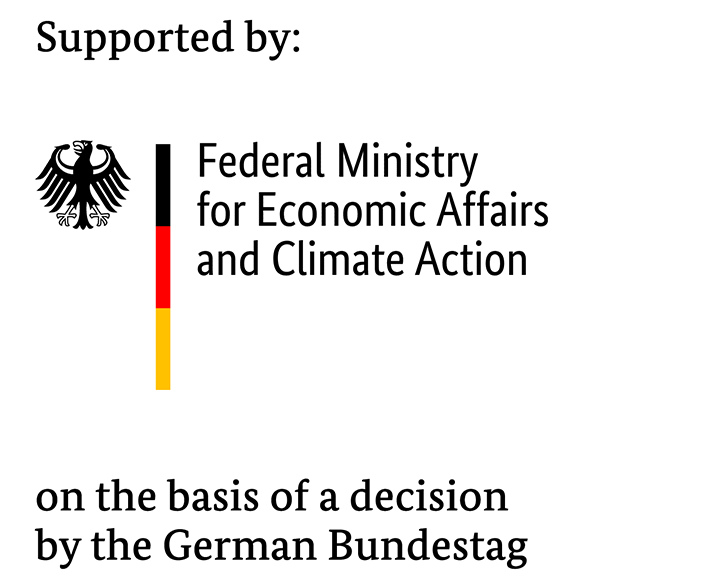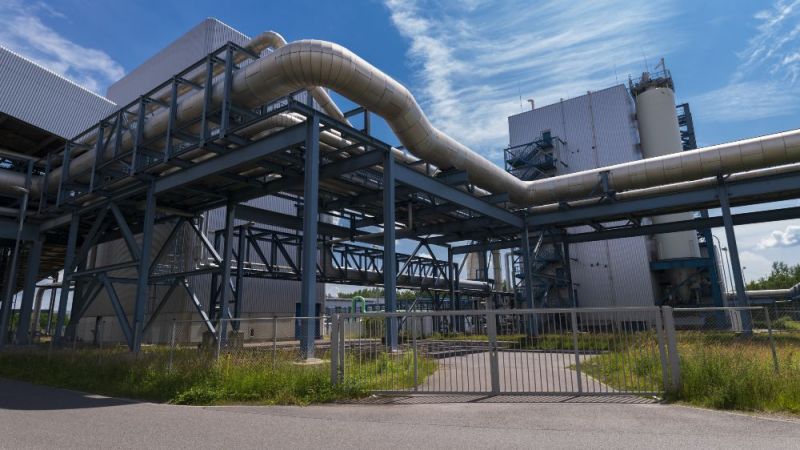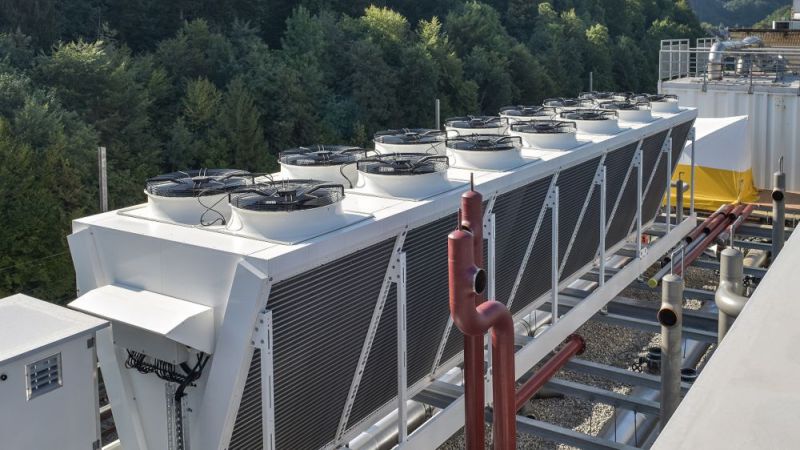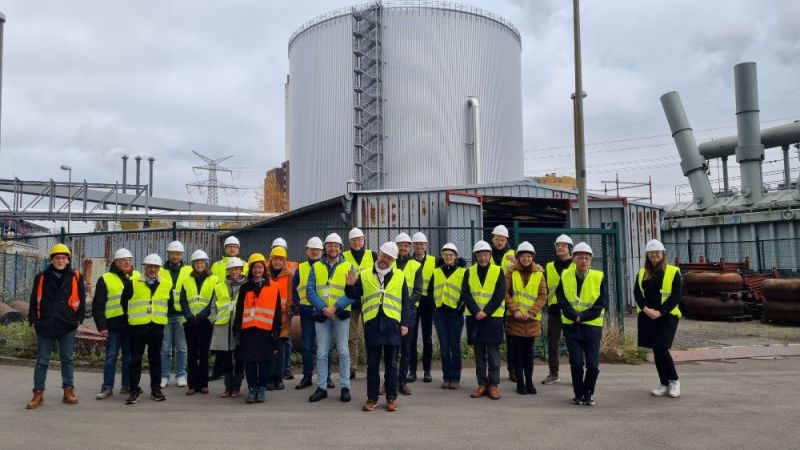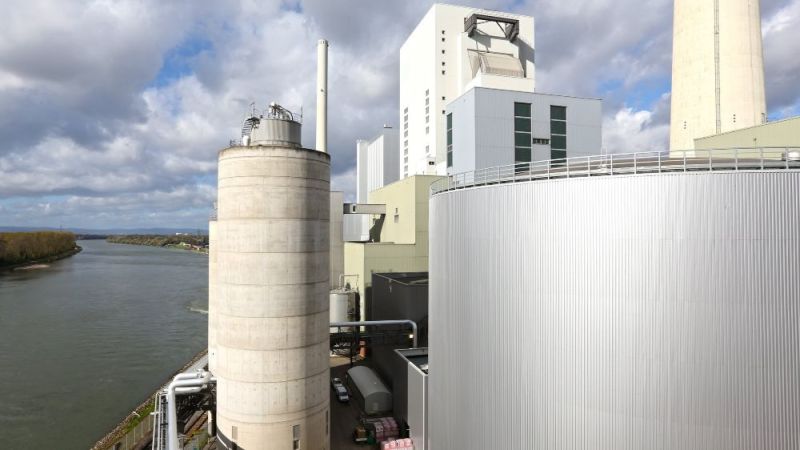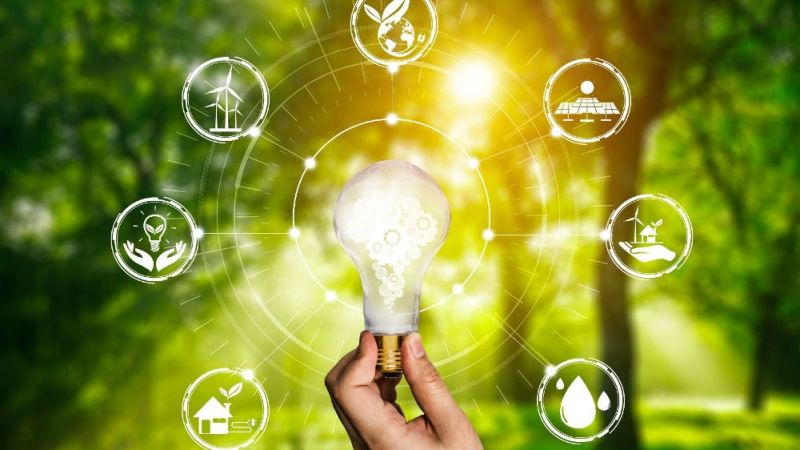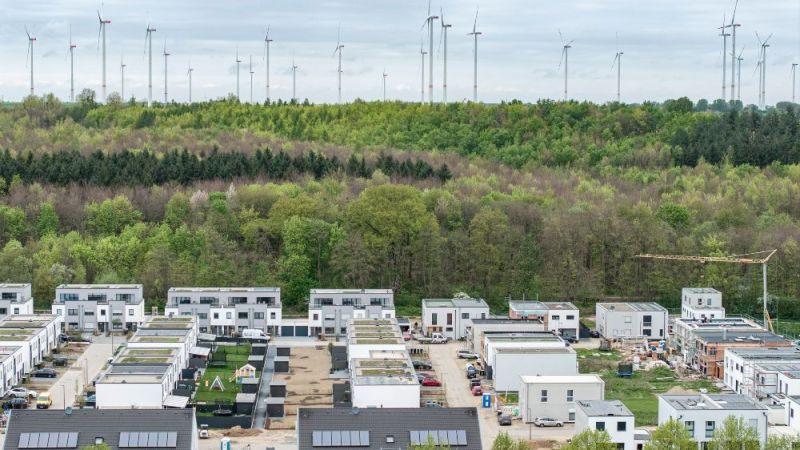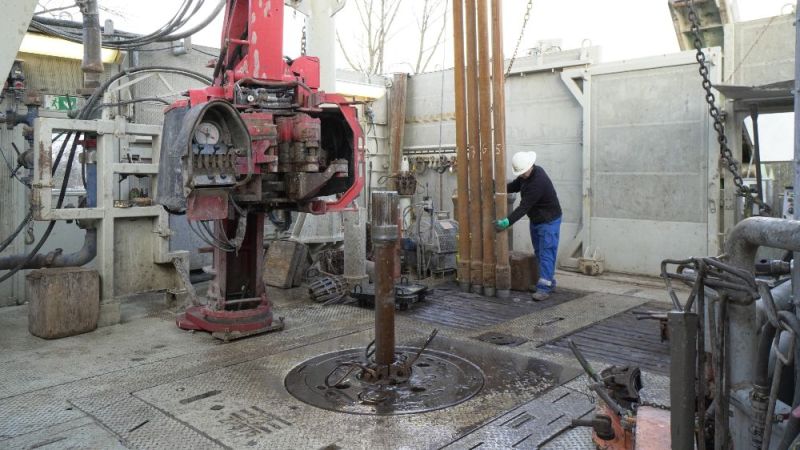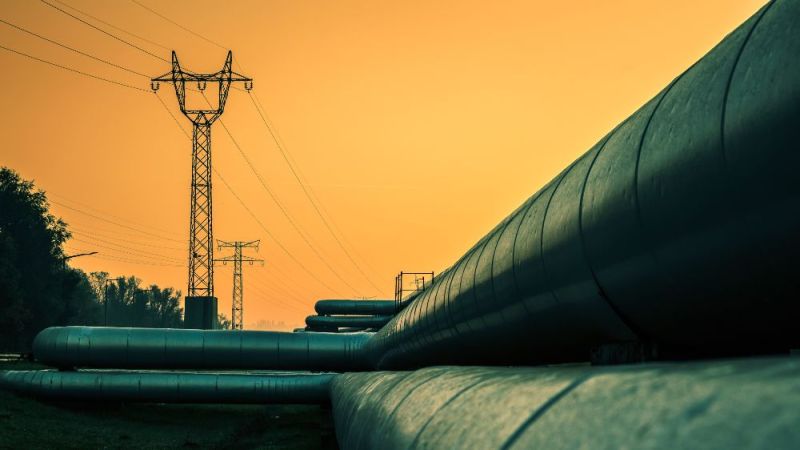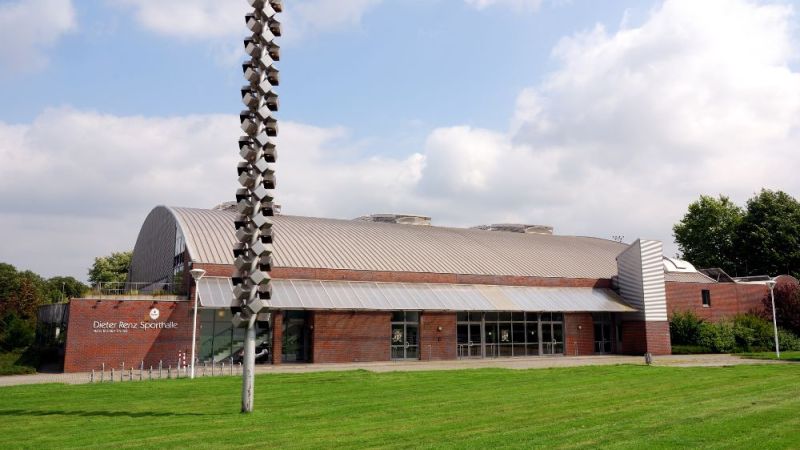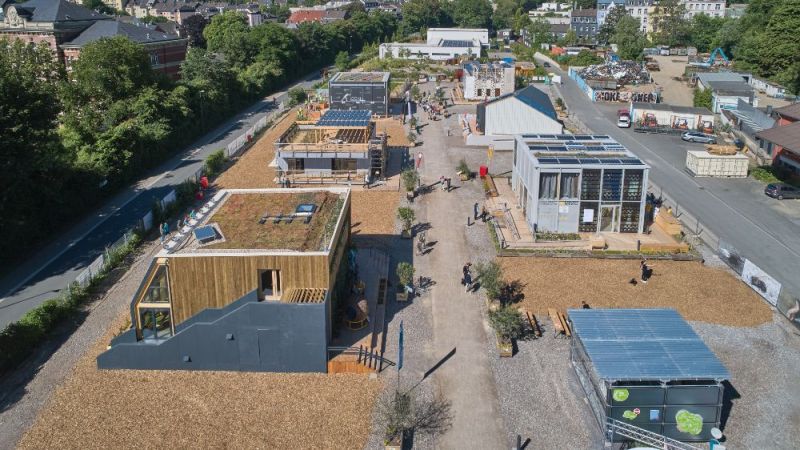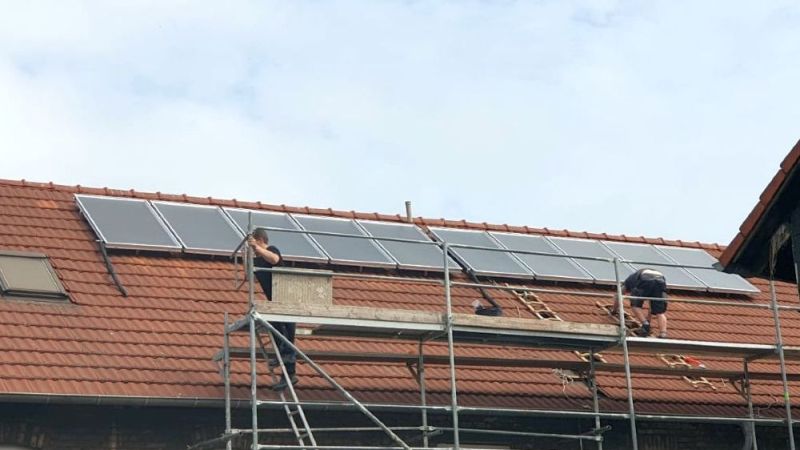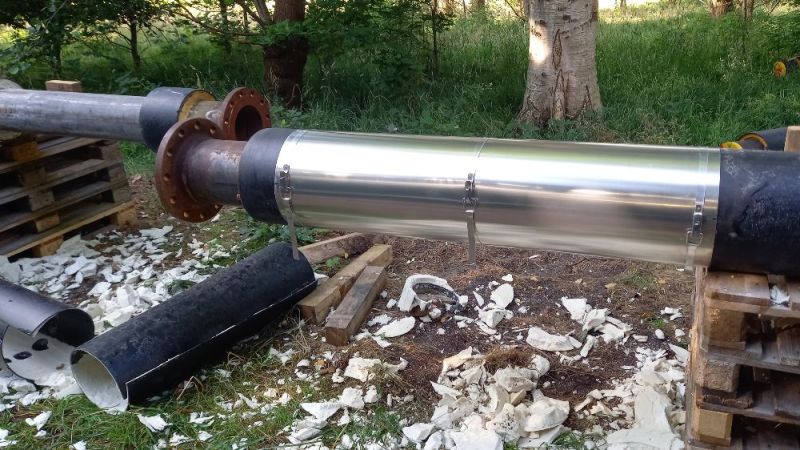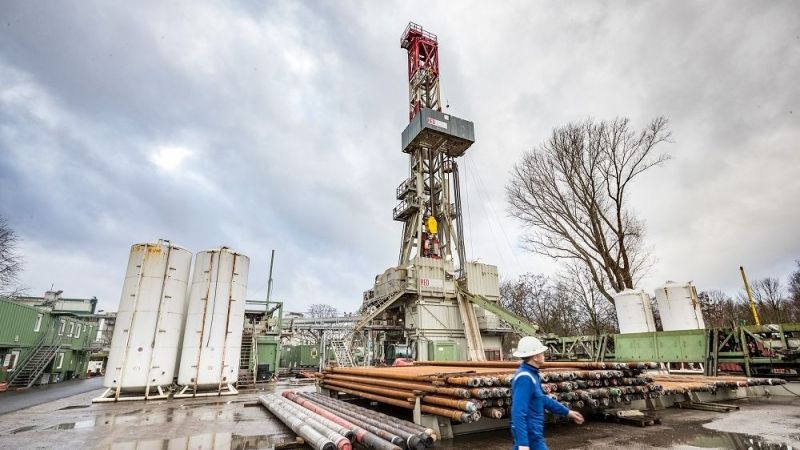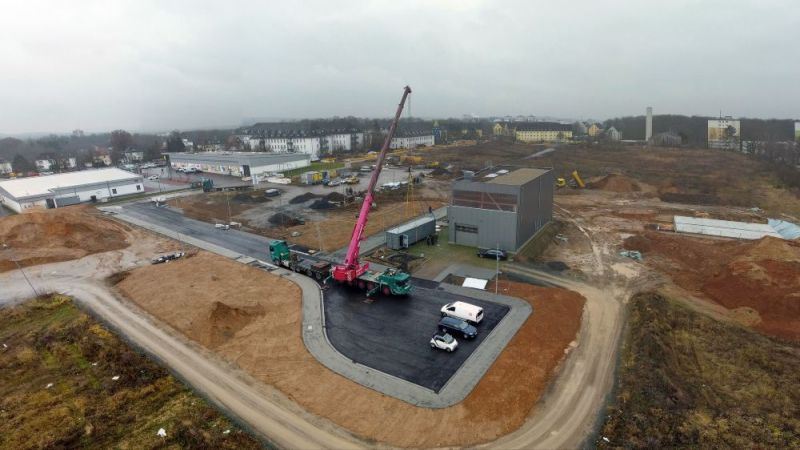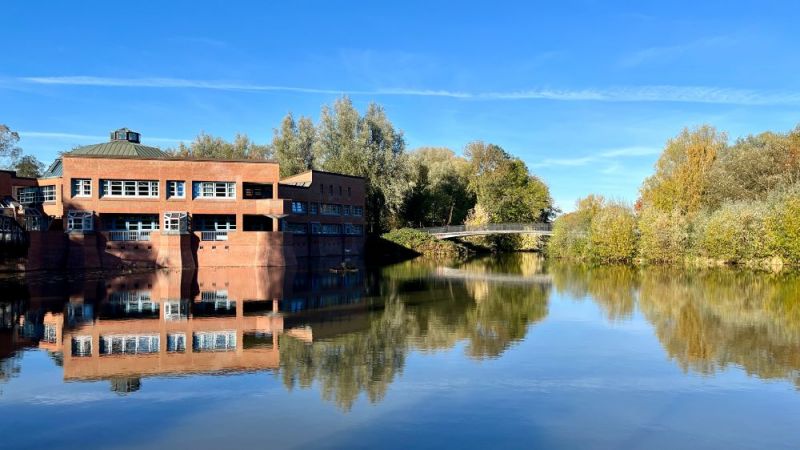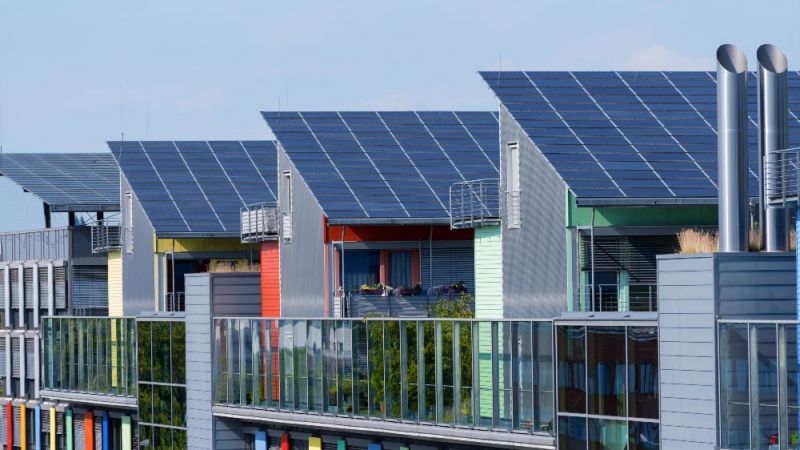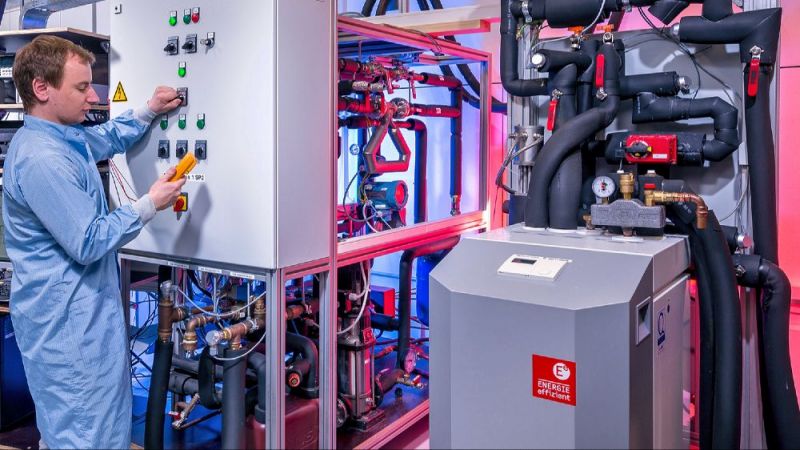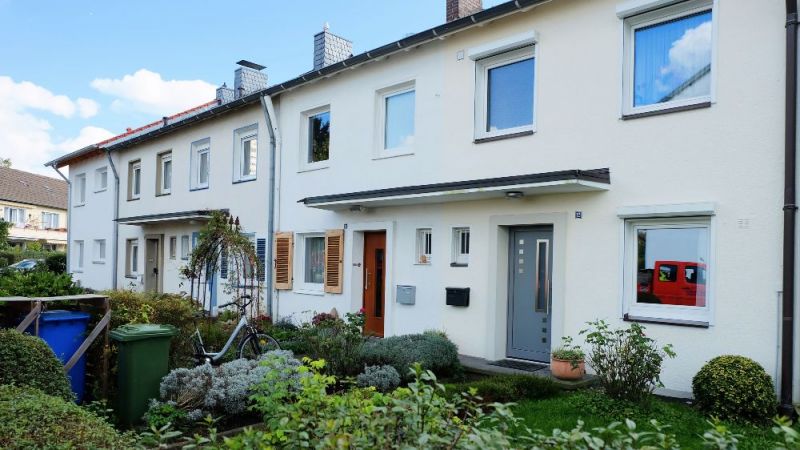
Launch of WärmeGut Project
Geological Information for Transforming the Heating Sector
Ground-source heat pumps that use shallow boreholes up to depths of 400 metres make it possible to supply industrial and commercial enterprises as well as homeowners with heat from nature. To exploit the potential of shallow geothermal energy for Germany’s heat supply, the available subsurface data must be made available nationwide in standardized form.
Research project to create nationwide data collection
This is where the WärmeGut research project comes in. While the established geothermal information system GeotIS provides valuable information on deep geothermal systems – which relate to depths of 1,500 metres and greater – geoinformation on medium depths (between 500 and approx. 1,000 metres) and shallow depths (from the surface level to 500 metres) is currently not accessible. This is because geological data on shallow geothermal energy is recorded by the German federal states independently. To date, there has been no harmonized processing or centralized collation of such data.
Objective: Standardized nationwide “traffic light maps” and 3D temperature models
In concrete terms, the scientists – coordinated by the Leibniz Institute for Applied Geophysics (LIAG) – will develop instruments to comprehensively process and standardize the existing data of the State Geological Surveys of the federal states and state offices.
“We believe that the use of geothermal heat must be systematically linked with the expansion and decarbonization of heating networks.” (Robert Habeck, Federal Minister for Economic Affairs and Climate Action)
Where required, new data should be collected to fill data gaps. On this basis, the project partners aim to create nationwide standardized “traffic light maps” and 3D temperature models for shallow geothermal energy and to integrate them in GeotIS. The traffic light maps will help to visualize the potential of this energy source for specific technologies and depths. This will make it easier to identify locations that are either particularly suitable or unsuitable for geothermal heating. To build upon the existing data sets for deep geothermal energy in GeotIS, information on medium-depth geothermal energy will also be integrated and re-evaluated.
Operator surveys on newly installed geothermal heat pumps
In a further step, to enable the potential of shallow geothermal energy to be exploited in an economically meaningful and ecologically compatible way, the project teams will render it possible to compare the data against information on heat density. To do so, they will make use of interfaces with existing databases. The established annual operator surveys conducted by GeotIS concerning deep geothermal energy production sites will also be expanded upon to include surveys on newly installed geothermal heat pumps.
Valuable information for municipalities and companies
The scientists involved in the project aim to leverage the potential of geothermal energy and thus to significantly accelerate the transformation of Germany’s heating sector. For the first time, the research findings and their integration in GeotIS will provide stakeholders in this heating transition – including companies in the energy sector, scientific institutions, and political and municipal decision-makers – with a central tool for the nationwide analysis and demand-oriented utilization of the potential of shallow geothermal energy.
WärmeGut is one of eight measures in new BMWK framework paper
The goal of achieving a net-zero heating supply for both buildings and industrial facilities by 2045 requires efficiency measures and a massive increase in the use of renewable energy sources. To this end, the potential of geothermal energy has not yet been fully developed. Geothermal heat is reliable and available all year round, making it particularly well suited for improving the security of supply. As a result, the Federal Ministry for Economic Affairs and Climate Action (BMWK) recently launched a consultation process on the basis of a framework paper (in German) – primarily for medium-depth and deep geothermal energy, but also for shallow geothermal energy. Through a dialogue process involving all relevant stakeholders, it aims to determine the measures required to unlock the potential of geothermal energy for the heating transition. (it, lh)
Georg-August-Universität Göttingen - Geowissenschaftliches Zentrum der Universität Göttingen
www.uni-goettingen.de
sekretariat.angewandtegeo@geo.uni-goettingen.de
Bundesanstalt für Geowissenschaften und Rohstoffe
www.bgr.bund.de
poststelle@bgr.de-mail.de
geoENERGIE Konzept GmbH
www.geoenergie-konzept.de
zschoke@geoenergie-konzept.de

